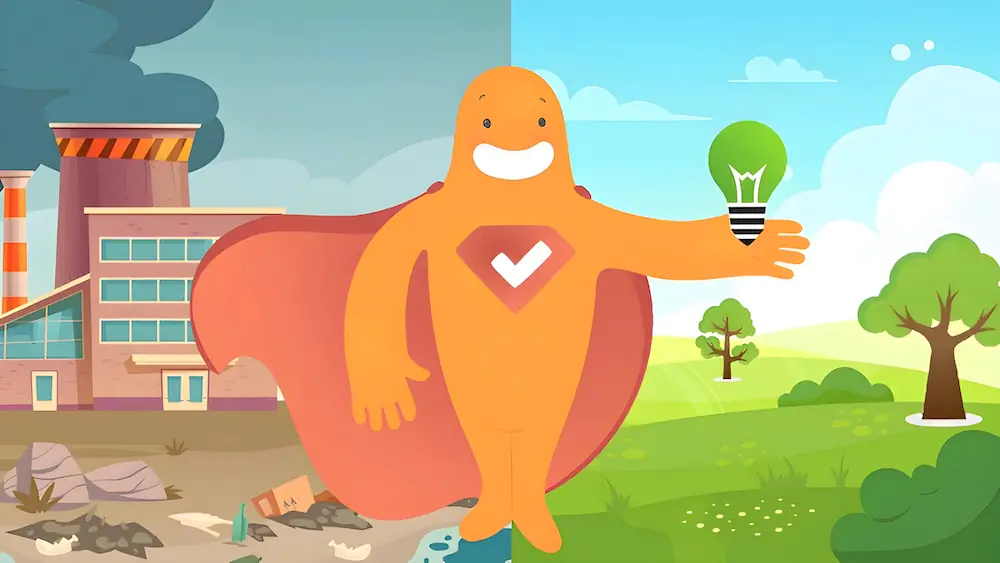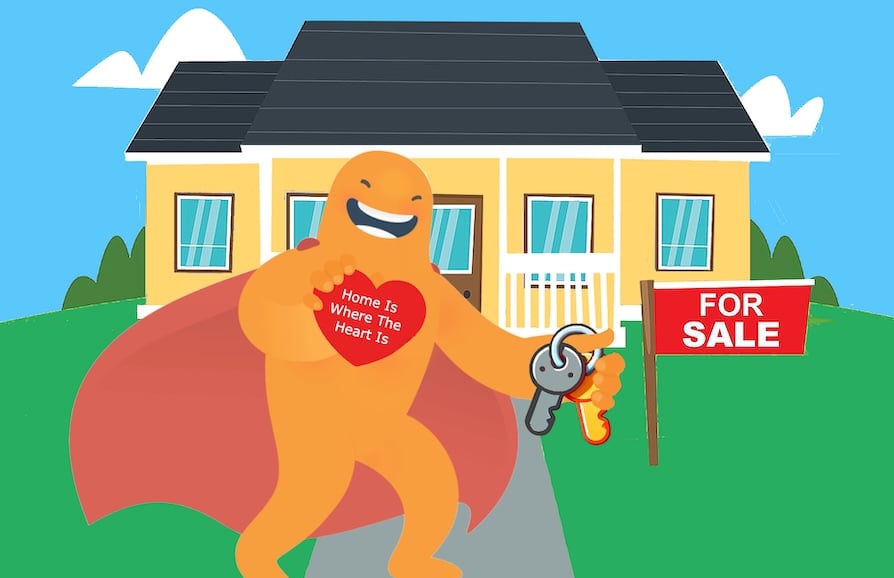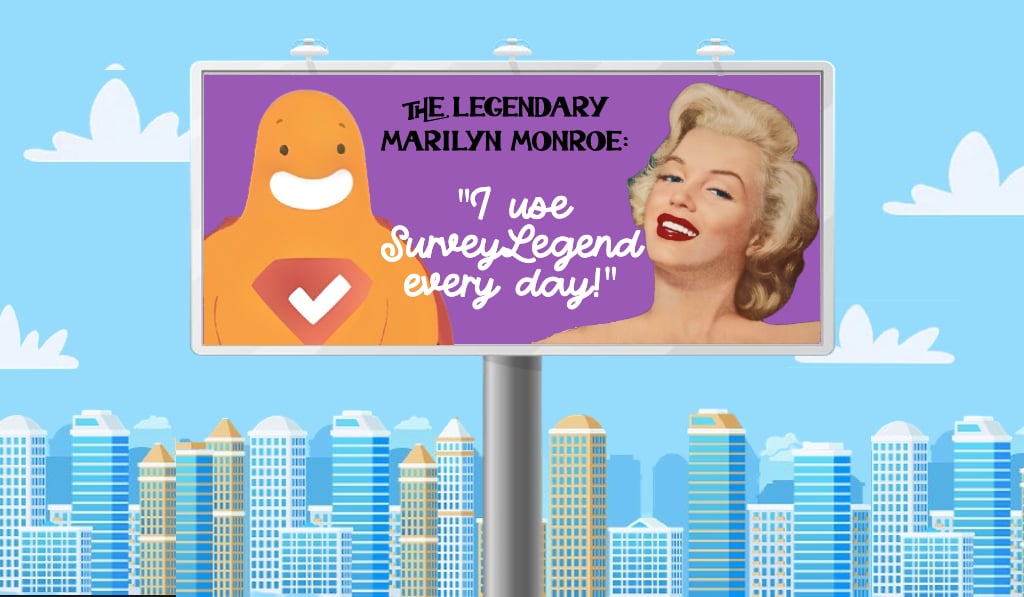Create your free automated customer support now!
Customer support is vital for successfully driving any user-centric or customer-centric business. Your company needs to be responsive, and support customers in a quick and effective manner.
Why automating the customer support?
Have you ever encountered those touch-tone phone systems when you call authorities or big companies? They’re simply there, because they help the organization to reduce the work and also help customers to find the right answers faster.
When the quantity of support requests are high, your efficiency in support and the overall quality may drop significantly. This is when you need a customer support automation tool that can take away some of the burden and help both the customers to find right answers to their questions, and help you focus on customers which need more specific needs and require a more personal support.
What can become automated?
Well, pretty much a big part of the online support & help process can be automated. Basically, you need to use automation to direct customers who seek help:
- towards the right answers, or
- towards the right support agents who are specialized in different areas
To determine where customers should go, you have to ask a few basic questions first, then you’ll know what they need. This is the pre-support phase which determines the right support.
Knowing the answers, you can offer them the proper help, which could be sending a link to an online user guide article, or displaying contact information of the right support agent.
What are the benefits of automating support?
There are many beneficial aspects to having an automated customer support. Here are a few:
It saves you money & time
Previously we talked about the questions that are always asked when a support conversation is initiated. These questions determine the need, and then the support team give proper help.
So, these questions can either be asked by a real human, which means an extra customer support operator who naturally needs salary, or you can simply make a smart questionnaire using tool, which can take care of this pre-phase.
If you design your questionnaire well, ask the right questions and include right information, links, and answers, then your customers might find what they need even before talking to your support agents.
Divide the job efficiently
Your organization may have several support agents who are specialized in different areas, such as technical support, sales, refound, etc… or your company may have different sections and each of which having their own support team who have different responsibilities.
By asking the right questions, the questionnaire can automatically route the customers to the right support experts.
Automatically gather insights
This comes a great side effect of using our platform as an automated customer support program. We have a powerful analytics tool, natively integrated with our app, that displays beautiful diagrams and charts of collected data. This way, you can gather insights about your products or services, and easily follow the areas that people need your support for.
Having identified those shortage areas, you can then invest on improving them. It’s additionally possible to create sections of the collected data to track the effectiveness of your improvements. Over time, you’ll become better and better and customers may need less support. It’s like surveying people, while giving them a proper support.
Where do I start?
Define your first question
The help content for automated customer service questionnaires can be created with the information gathered from your website, like your FAQ page, or user guide page. These will pages easily tell you the most frequently asked questions by your users or clients.
To start automating your support process, you need to divide up the help content into very few categories. These categories will be the entry points that determine the main direction towards which the support flow will go.
Just keep this in mind, start with a few initial generall choices. It will be easier for your customers to find their way. You will be able to narrow down the subject in the upcoming questions, so don’t worry.
Do you remember those touch-tone phone support systems we talked about earlier? They usually give you up to 9 initial choices (and the 0 key is usually saved to one step back or contact the telephone support agent directly). Having a few choices is not merely because of not having enough keys on the phone’s keypad. This actually makes the work easier for people who need help, as they have to analize fewer things. Also for you as the creator, it’s always good to work with some limitations. They help you make more correct and better organized choices!
So, when you have these top categories, you basically have your first question as well.
So, let’s say you have an online retailer company. The first question of your customer support can be something like these:
- We can help you much better if you tell us in which area do you need help?
- To help us give you a better support, please tell us what subject do you need help with?
And then depending on the FAQs of your company or organization, you can provide a few initial answers for them, such as:
- Payment
- Refaund
- Delivery
- Cancelling orders
- Guaranty
- Other
- I want to call a support agent
- I need to email a support agent
Add more specific questions
As you see, each main category can be divided into more subcategories. This way you can ask further detailed questions, to guide customers to more specific answers.
Let’s say you customer chooses “Payment” as the subject they need help with. But there can still be many support subjects within the payment area. Here could be the relevant follow-up question:
Which one describes your question regarding payments?
- Acceptable payment methods
- Acceptable credit cards
- Failed payments
- Promotional codes
- Finance possibilities
- VAT
- Other
- I need to call a sales support agent
- I need to email a sales support agent
Add even more specific follow-up question, but don’t make it frustrating!
You can continue adding more questions if needed, to give a better support. Each choice provided here may lead to new follow-up questions. But keep in mind that over automating leads to customer frustration. Don’t throw too many choices at them and try to lead them to suitable answers as soon as you can.
Add suitable answers for each choice
Depending on the case, each one of the choice in a follow up question can lead to:
- New follow-up questions
- Short answers
- Links to user guide articles
- Contact information of relevant support agent (e.g. direct phone or email)
- Links to relevant customer support forms
- etc…
You can easily create all of these contents inside your questionnaire, and display them when needed!
Add logic to your questions, make them display relevant items when needed
When you’re done writing all questions, follow-up questions, and relevant information or answer items, it’s time to add logic to key questions and make things appear based on what customers choose.
Adding logic is very simple and quick in our tool. All you need to do is to activate the logic step, go to it, and add logic flows to your questions.
It’s recommended to use the “show” logic, when creating the logic flows for automated customer support questionnaires. This is because any question that gets displayed due to a “show” logic consequence is otherwise hidden at all time.
This way, when you design all needed logic flows, and a participant loads the questionnaire, a clean form is loaded as a result. Because all follow-up questions are hidden by default. Follow-up questions or informative items are shown only when needed, which means when a respondent chooses and answer which leads to “showing” a relevant question or item.
So, what you need to do is to start adding a few logic flows to your first question. These logic flows would be something like the following:
- Flow #1: IF answer to question 1 is “Payment”, THEN “show” questions A and B and C
- Flow #2: IF answer to question 1 is “Refund”, THEN “show” questions D and E and F
- And so on…
Depending on the structure of your customer support questionnaire, you may also need to add separate logic flows to the follow-up questions as well. It’s totally alright! Go ahead and add as many logic flows as you may need to lead the customers to the right answers to information.
Good practices of creating automated customer support
Always offer talking with a live person through all steps
Some customers might need help with very specific subjects, or simply might not be able to find their way in your automated customer support questionnaire. This could be due to any reason, such as lack of information, lack of patience in the customer, or perhaps even specific disabilities.
Therefore it’s always good to give them the direct calling or emailing options at any step along the way. This way, they feel safe and know that they can pickup the phone and call your support at any time.
Add feedback possibility for your automated answers
We’re all humans and have limitations. We may think that we’ve designed the best automated customer support questionnaire and have provided the best answers for those who seek help. But how can we be so sure about it? Some people might still consider some of the answers unclear, or experience the entire process in a bad way.
Therefore, we should always ask people if the answer that we’re showing them is relevant or useful. Do they really understand it? Did it help?
So, sometimes it’s good to add a Rating question, or a Comment box after the final answers or information, and get feedback from our customers who have come to that point.
These feedback questions can be something like this:
- Was this information helpful?
- Was this answer helpful enough?
And if they choose “No” or answer negatively; then we can “show” new follow-up questions such as:
- How can we improve this information?
- Please tell us why this information did not help you.
Don’t forget to offer an anonymous approach!
Use automated customer service as a tool, not a substitute
Never forget that people who are seeking support most probably already frustrated and feel not so positive. The main purpose of automated customer support is enhancing the customer experience. You are not going to completely replace your support employees and their human touch with lifeless technology.
Therefore, try not to depend too heavily on automation, but instead utilize it as supplementary help for real customer service. You can easily create a balance by:
- Offering both live and automated customer support, equally
- Remember who your audience is (younger customer are more likely to use automated support, or people who are not in panic to get urgent help)
Test, and test; and then test again!
Make sure your automated customer support system works alright and all answers are displayed correctly.
You may need to update the included links, if there are any in your automated support. It has probably been awhile since you made it and things might have changed.
Test the automated support system regularly using a team of employees, not just one person.
Go back to collected answers and get insight
As mentioned before, using our system allows you to collect statistics in the same time. You should regularly go back to your collected insights and analyze them. See which logic flows are triggered more often, and which follow up questions are displayed majority of the time.
This is an important part of the support and enhancing the user experience. By gathering and analyzing data, you will know which areas of your products or services are causing problems for customers and force them to contact you for support.
Utilizing a well-planned automated customer support system, which is maintained and updated regularly will help your business grow like never before. Don’t underestimate it’s legendary power!





